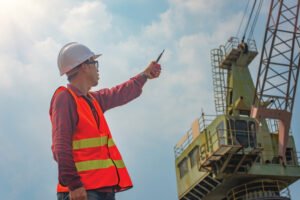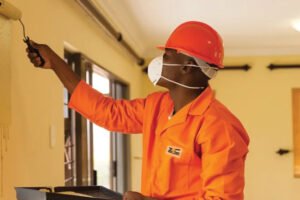
Forensic team earns several
Forensic Team Achievements in Construction Safety: A Pillar of Progress
In the high-stakes environment of construction, where safety is paramount, the role of a diligent forensic team cannot be overstated. When we speak of a “forensic team earning several” in this context, we are referring to the multifaceted recognition, critical insights, and tangible improvements they bring to the industry. These specialized units, often comprised of engineers, safety experts, investigators, and material scientists, are instrumental in dissecting incidents, uncovering root causes, and ultimately, shaping a safer future for construction workers worldwide. Their contributions extend far beyond mere incident reports; they are foundational to the evolution of construction safety protocols and culture.
The primary function of a construction safety forensic team is to meticulously investigate accidents, near-misses, and structural failures. This involves a comprehensive approach: collecting evidence from the site, analyzing structural components, reviewing project documentation, interviewing witnesses, and simulating scenarios. Through this rigorous process, they identify the precise sequence of events, contributing factors, and, crucially, the underlying systemic issues that led to the incident. It is this depth of analysis that allows them to “earn several” invaluable outcomes for the industry.
Firstly, forensic teams earn accolades and recognition for their expertise and dedication. Their ability to objectively unravel complex failures, often under immense pressure and scrutiny, solidifies their reputation as authorities in construction safety. This recognition is not merely symbolic; it enhances their credibility, making their recommendations highly influential. Regulatory bodies, industry associations, and even legal entities increasingly rely on their impartial findings to inform decisions and establish accountability.
Secondly, and perhaps most importantly, they earn trust and credibility from all stakeholders – project owners, contractors, workers, and the public. When an accident occurs, emotions run high, and blame can be quickly assigned. A forensic team’s dispassionate, evidence-based investigation provides clarity and an unbiased account, fostering an environment where lessons can be learned rather than simply fault being attributed. This trust is essential for implementing the necessary changes without resistance.
Thirdly, these teams earn critical data and actionable insights. Every investigation yields invaluable information about material properties, design flaws, procedural lapses, equipment malfunctions, and human factors. This data, when aggregated and analyzed across multiple incidents, reveals patterns and systemic vulnerabilities that might otherwise remain hidden. These insights are then translated into specific recommendations for preventing recurrences, such as revising safety manuals, implementing new training programs, or adopting advanced technologies. Their work moves safety from a reactive measure to a proactive, predictive science.
Furthermore, a highly effective forensic team earns influence on policy and best practices. Their findings frequently inform the development of new safety standards, building codes, and regulatory guidelines. By pinpointing the gaps in existing practices, they drive legislative changes and industry-wide adoption of safer methodologies. For instance, an investigation into a scaffold collapse might lead to revised regulations on bracing or inspection frequency, directly saving lives in future projects.
Finally, while often difficult to quantify directly, forensic teams ultimately earn significant cost savings for the industry. By preventing future accidents through their insights, they reduce the financial burden associated with injuries, fatalities, property damage, legal liabilities, and project delays. A single major incident can cost millions in direct and indirect expenses; the work of forensic teams in mitigating such risks provides an immense return on investment.
In conclusion, the achievements of construction safety forensic teams are multifaceted and profoundly impactful. They are not merely investigators but catalysts for continuous improvement. By consistently earning accolades, trust, critical data, influence, and cost savings, they stand as a vital pillar in the ongoing endeavor to make construction sites safer, more efficient, and ultimately, more humane. Their dedication ensures that every incident, no matter how tragic, becomes a profound lesson learned, paving the way for a brighter, safer future in the built environment.



